-
 Bitcoin
Bitcoin $118800
-0.22% -
 Ethereum
Ethereum $3677
-4.47% -
 XRP
XRP $3.504
-3.02% -
 Tether USDt
Tether USDt $1.000
-0.01% -
 Solana
Solana $200.2
2.87% -
 BNB
BNB $762.2
-2.24% -
 USDC
USDC $0.9998
-0.02% -
 Dogecoin
Dogecoin $0.2644
-5.03% -
 Cardano
Cardano $0.8700
-5.51% -
 TRON
TRON $0.3128
-1.32% -
 Hyperliquid
Hyperliquid $43.99
-7.14% -
 Stellar
Stellar $0.4609
-5.85% -
 Sui
Sui $3.895
-3.54% -
 Chainlink
Chainlink $19.14
-5.01% -
 Hedera
Hedera $0.2680
-6.05% -
 Avalanche
Avalanche $24.99
-4.45% -
 Bitcoin Cash
Bitcoin Cash $518.6
-2.87% -
 Shiba Inu
Shiba Inu $0.00001507
-5.13% -
 Litecoin
Litecoin $115.0
-3.02% -
 Toncoin
Toncoin $3.444
2.27% -
 UNUS SED LEO
UNUS SED LEO $8.991
0.02% -
 Polkadot
Polkadot $4.400
-5.50% -
 Uniswap
Uniswap $10.43
-8.70% -
 Ethena USDe
Ethena USDe $1.001
0.01% -
 Monero
Monero $325.9
0.39% -
 Pepe
Pepe $0.00001372
-4.14% -
 Bitget Token
Bitget Token $4.811
-3.32% -
 Dai
Dai $1.000
0.00% -
 Aave
Aave $306.7
-8.06% -
 Bittensor
Bittensor $434.2
0.25%
What is Open Interest in crypto trading and what does it indicate?
Rising open interest in crypto futures often signals growing bullish or bearish sentiment, depending on price direction.
Jul 10, 2025 at 01:00 pm
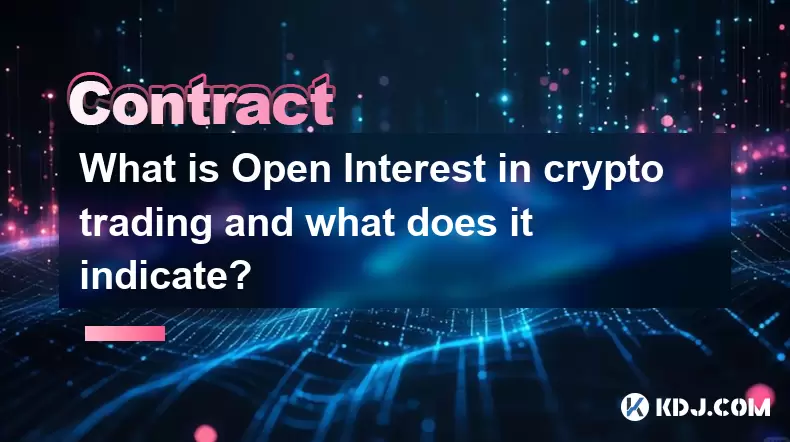
Understanding Open Interest in Crypto Trading
Open Interest (OI) refers to the total number of outstanding derivative contracts, such as futures or options, that have not been settled. In the context of crypto trading, this metric is particularly relevant for traders dealing with perpetual futures contracts, which are widely used on major cryptocurrency exchanges like Binance, Bybit, and OKX.
Unlike traditional volume metrics that simply count how many trades have occurred over a given period, open interest provides insight into the liquidity and market sentiment surrounding a particular crypto asset. It reflects the total number of open long and short positions held by traders at any given time.
How Is Open Interest Calculated?
The calculation of open interest is straightforward yet crucial for understanding market dynamics. Every time a new buyer and seller enter into a futures contract, the open interest increases by one. Conversely, when both parties decide to exit their positions — typically through offsetting trades — the open interest decreases by one.
Here’s how it works step-by-step:
- When a new trader opens a position, and there's no existing counterparty, the open interest rises.
- If an existing trader closes a position, and another trader takes the opposite side, the open interest remains unchanged.
- When two traders both close their positions, the open interest falls.
It's important to note that open interest does not distinguish between long and short positions; it simply counts all open contracts regardless of direction.
What Does Rising Open Interest Indicate?
A rising open interest generally signals increasing participation in the market. This can mean different things depending on price action:
- If prices are rising alongside increasing open interest, it may indicate that bullish sentiment is building, and more traders are opening long positions.
- If prices are falling while open interest climbs, it could suggest that bearish momentum is growing, with more shorts entering the market.
In either case, a surge in open interest often precedes increased volatility, especially if the change is significant and rapid. Traders should monitor these shifts closely, as they can offer clues about potential trend continuation or reversal.
What Does Falling Open Interest Mean?
When open interest declines, it usually indicates that traders are closing their positions. The implications depend heavily on concurrent price movements:
- A drop in open interest along with falling prices may signal that longs are exiting, potentially due to profit-taking or capitulation.
- A decline in open interest during a rally might reflect shorts covering their positions, which can lead to short-term upward pressure but also reduced market participation.
This contraction in open interest often suggests reduced market engagement or uncertainty, and it can be a precursor to consolidation or a pause in trend development.
How Can Traders Use Open Interest in Crypto Markets?
Traders use open interest data in several strategic ways:
- Identifying Trend Strength: Comparing open interest with price trends helps assess whether a movement is supported by fresh capital inflow or just short-term speculation.
- Spotting Potential Reversals: Sudden spikes or drops in open interest can serve as early warning signs of market exhaustion or reversal points.
- Assessing Liquidation Risks: High open interest in either long or short positions can lead to cascading liquidations if the price moves sharply against those positions.
Many advanced traders combine open interest with funding rates, especially in perpetual futures markets, to gauge the dominance of long versus short positions and anticipate possible market squeezes.
Where Can You Find Real-Time Open Interest Data?
Most major crypto derivatives exchanges provide real-time open interest charts for each trading pair. These can be found directly on platforms like:
- Binance Futures
- Bybit Derivatives
- OKX Futures
- CoinGlass (third-party analytics platform)
Additionally, tools like CryptoQuant, Glassnode, and TradingView offer aggregated views across multiple exchanges, allowing traders to analyze broader market sentiment without needing to check individual platforms.
Frequently Asked Questions
Q: How is open interest different from trading volume?
While volume measures the total number of contracts traded in a session, open interest shows the net number of unsettled contracts. Volume resets daily, whereas open interest accumulates until positions are closed.
Q: Can open interest be manipulated?
Although individual exchanges can’t easily manipulate open interest, large players (whales) may influence it by opening and closing large positions. However, since open interest reflects actual positions, it’s generally considered more reliable than volume in detecting real market activity.
Q: Does high open interest always mean higher volatility?
Not necessarily. While high open interest can contribute to volatility, especially around key price levels, the actual volatility depends on market sentiment, macro conditions, and order flow.
Q: Should beginners pay attention to open interest?
Yes, even beginners can benefit from monitoring open interest, especially if they trade futures or engage in leveraged positions. Understanding open interest helps assess risk, identify sentiment shifts, and avoid getting caught in liquidation traps.
Disclaimer:info@kdj.com
The information provided is not trading advice. kdj.com does not assume any responsibility for any investments made based on the information provided in this article. Cryptocurrencies are highly volatile and it is highly recommended that you invest with caution after thorough research!
If you believe that the content used on this website infringes your copyright, please contact us immediately (info@kdj.com) and we will delete it promptly.
- Meme Coin Mania: Dogecoin, PEPE, and the Crypto Presale Craze
- 2025-07-22 22:50:13
- Nicotine Pouches: A Sweet Threat to Teens' Gum Health?
- 2025-07-22 22:30:13
- Score Big with 1xBet: Your Guide to Football and Big Game Bets
- 2025-07-22 22:30:13
- Paul Hollis and the US Mint: A New Era Under Trump's Appointment?
- 2025-07-22 22:50:13
- JPMorgan, Bitcoin, and Ethereum: A Wall Street Giant Warms Up to Crypto
- 2025-07-22 22:50:14
- Bitcoin's Market Share: Alt-Season in the Air?
- 2025-07-22 22:55:14
Related knowledge
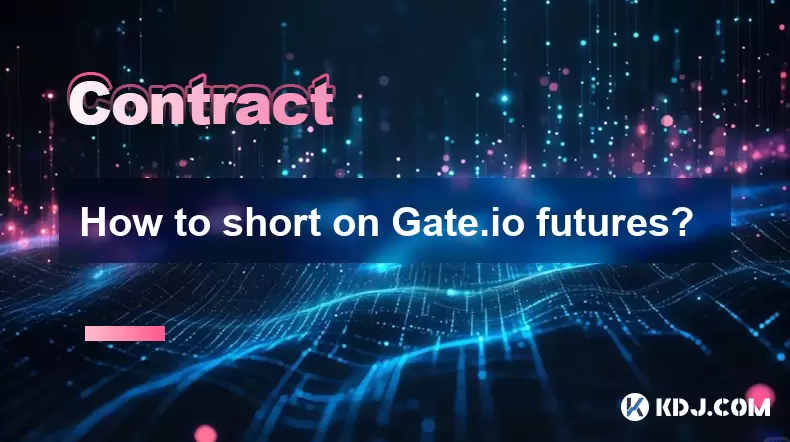
How to short on Gate.io futures?
Jul 22,2025 at 10:42pm
Understanding Futures Trading on Gate.ioFutures trading allows users to speculate on the price movement of cryptocurrencies without owning the underly...
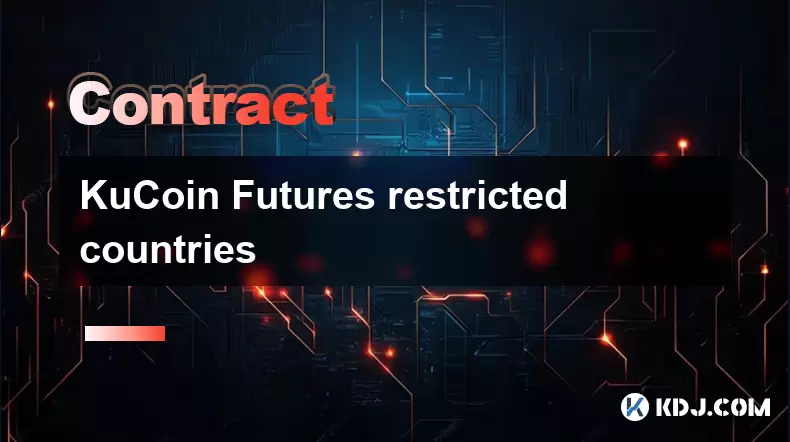
KuCoin Futures restricted countries
Jul 22,2025 at 09:00pm
Understanding KuCoin Futures and Geographic RestrictionsKuCoin Futures is a popular platform for trading perpetual and delivery futures contracts on c...
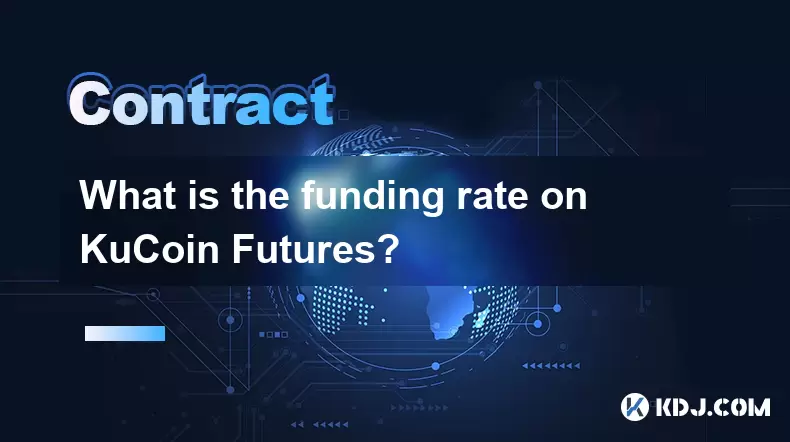
What is the funding rate on KuCoin Futures?
Jul 22,2025 at 10:49pm
Understanding Funding Rates on KuCoin FuturesThe funding rate on KuCoin Futures is a periodic payment exchanged between long and short traders to ensu...
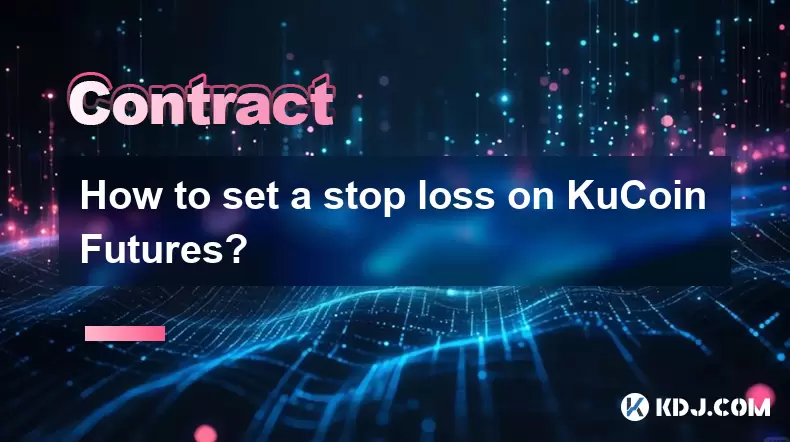
How to set a stop loss on KuCoin Futures?
Jul 22,2025 at 08:01pm
Understanding Stop Loss in KuCoin FuturesA stop loss is a risk management tool that automatically closes a position when the market moves against you ...
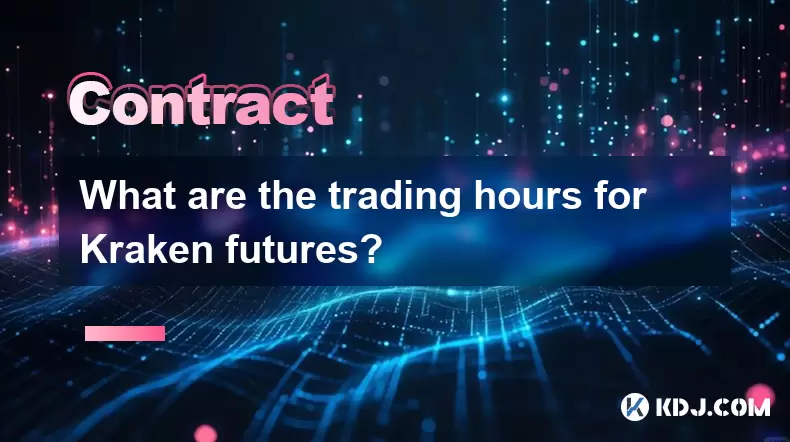
What are the trading hours for Kraken futures?
Jul 22,2025 at 08:49pm
Understanding Kraken Futures Trading HoursKraken Futures, a product of the well-established cryptocurrency exchange Kraken, offers users the ability t...
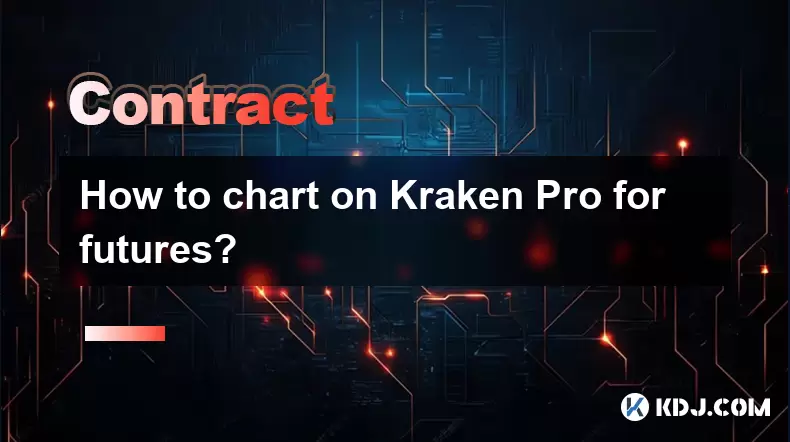
How to chart on Kraken Pro for futures?
Jul 22,2025 at 07:42pm
Understanding Kraken Pro Futures InterfaceBefore diving into charting, it’s essential to recognize how Kraken Pro structures its futures trading envir...

How to short on Gate.io futures?
Jul 22,2025 at 10:42pm
Understanding Futures Trading on Gate.ioFutures trading allows users to speculate on the price movement of cryptocurrencies without owning the underly...

KuCoin Futures restricted countries
Jul 22,2025 at 09:00pm
Understanding KuCoin Futures and Geographic RestrictionsKuCoin Futures is a popular platform for trading perpetual and delivery futures contracts on c...

What is the funding rate on KuCoin Futures?
Jul 22,2025 at 10:49pm
Understanding Funding Rates on KuCoin FuturesThe funding rate on KuCoin Futures is a periodic payment exchanged between long and short traders to ensu...

How to set a stop loss on KuCoin Futures?
Jul 22,2025 at 08:01pm
Understanding Stop Loss in KuCoin FuturesA stop loss is a risk management tool that automatically closes a position when the market moves against you ...

What are the trading hours for Kraken futures?
Jul 22,2025 at 08:49pm
Understanding Kraken Futures Trading HoursKraken Futures, a product of the well-established cryptocurrency exchange Kraken, offers users the ability t...

How to chart on Kraken Pro for futures?
Jul 22,2025 at 07:42pm
Understanding Kraken Pro Futures InterfaceBefore diving into charting, it’s essential to recognize how Kraken Pro structures its futures trading envir...
See all articles

























































































